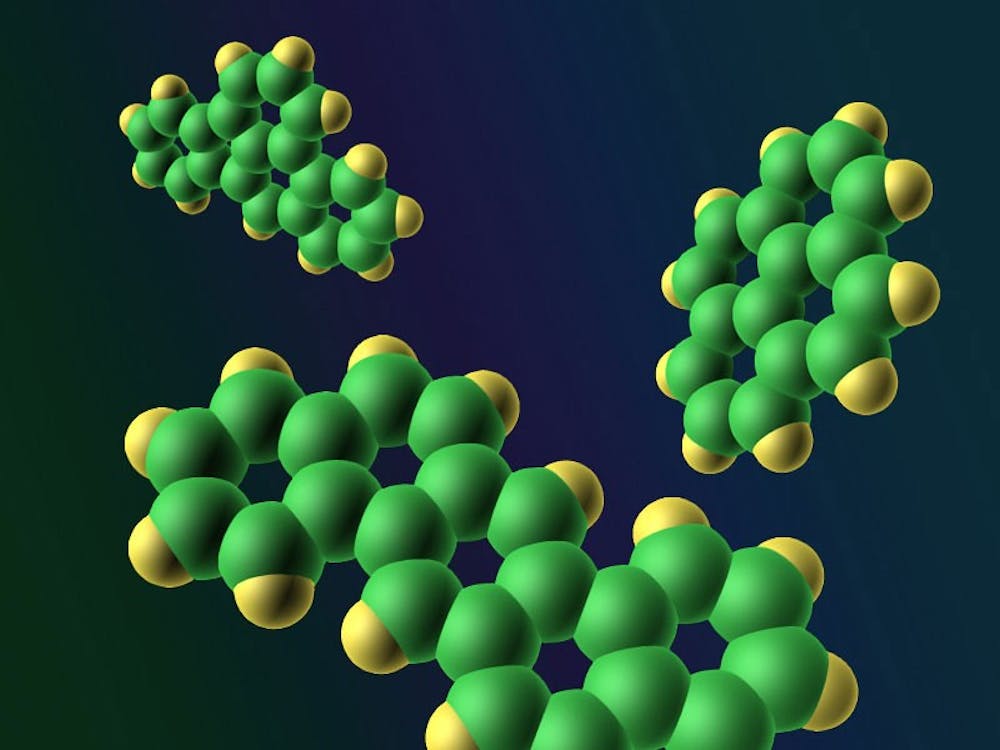The James Webb Space Telescope has studied dust near the centers of other galaxies. It found organic molecules in the immediate vicinity of supermassive black holes, which were able to survive despite the presence of powerful radiation.

James Webb studies cosmic dust
Researchers from the UK used the James Webb Space Telescope to study active galaxies. They are characterized by a large amount of dust near the core. This dust falls on the supermassive black hole in the center, which causes powerful radiation at different wavelengths.
Scientists were interested in the dust or rather organic substances in it. The most common of these are polycyclic aromatic hydrocarbons. These are relatively simple organic substances that consist of several rings formed by carbon atoms surrounded by hydrogen.
Polycyclic aromatic hydrocarbons can act as “building blocks” for substances that can only be found in living organisms. But in this case, scientists were interested in another feature of them. These molecules produce extremely bright bands in the infrared part of the spectrum.
Therefore, these molecules are a good indicator of how star formation is going in the Galaxy. As soon as new stars appear in the depths of molecular clouds, their radiation passes through organic substances and no dust can hide them.
Organic molecules near a black hole
Until now, scientists believed that organic molecules could not “survive” directly near an active black hole. Its radiation breaks their chains too easily. But a study of the MIRI instrument, which is installed on the James Webb Space Telescope, showed that these ideas are somewhat incorrect.
In fact, polycyclic aromatic hydrocarbons near active black holes may well survive. The researchers explain this by the fact that thick clouds of molecules of other substances, inside which they are located, effectively shield them from hard radiation.
However, this does not mean that it does not affect polycyclic aromatic hydrocarbons at all. There were larger and neutrally charged molecules among them than is usually the case in the interstellar medium. This suggests that the radiation of supermassive black holes still reaches them and destroys lighter and more unstable varieties.
According to phys.org
Follow us on Twitter to get the most interesting space news in time
https://twitter.com/ust_magazine

